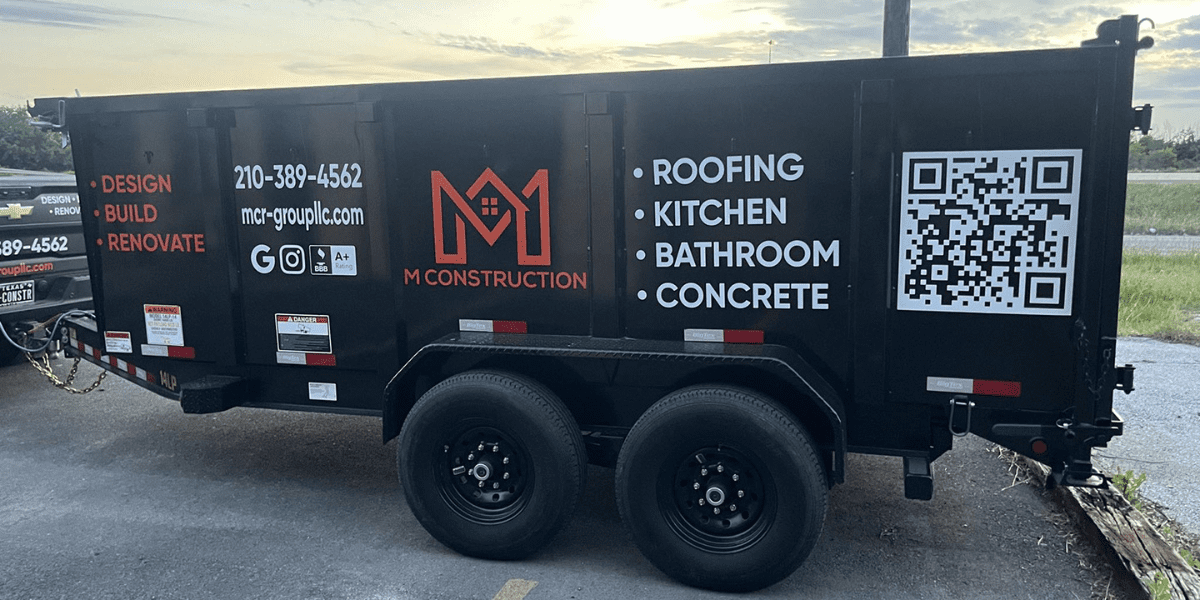The Evolution of Vehicle Wraps: From Simple Graphics to High-Impact Branding
The concept of vehicle wraps has come a long way since its humble beginnings. Once limited to simple decals and basic graphics, vehicle wraps are now sophisticated marketing tools and artistic expressions that turn cars, trucks, and even boats into moving canvases. Whether for advertising, customization, or protection, vehicle wraps have become an integral part of modern design and branding. Let’s explore the fascinating journey of vehicle wraps from simple beginnings to the high-impact branding solutions they are today.
The Early Days: Decals and Lettering
Vehicle wraps originated in the form of decals and hand-painted lettering. In the mid-1900s, businesses began using vehicles as mobile advertising platforms by painting logos, business names, and phone numbers directly onto the surface.
- Materials and Techniques: Early methods involved enamel paint or simple vinyl decals applied by hand. These designs were often static, with limited customization options.
- Limitations: Hand-painted lettering was time-consuming and expensive. Changes to branding required repainting the entire vehicle, which was both costly and impractical.
The Introduction of Adhesive Vinyl (1980s–1990s)
The introduction of adhesive vinyl in the late 20th century revolutionized vehicle customization. Vinyl offered a durable and weather-resistant alternative to paint, making it an ideal material for outdoor applications.
- Key Innovation: Companies like 3M developed high-quality adhesive vinyl that adhered smoothly to curved surfaces, paving the way for more complex designs.
- Milestone: The 1990s saw the first full-body wraps for vehicles. While still in their infancy, these wraps were primarily used for promotional vehicles at events.
The Digital Printing Revolution (2000s)
The turn of the millennium brought a game-changing advancement: digital printing. This technology allowed for the creation of custom, high-resolution graphics, enabling vehicle wraps to become more versatile and visually appealing.
- Custom Graphics: Businesses could now incorporate gradients, photographic imagery, and intricate designs that weren’t possible with traditional vinyl decals.
- Advertising Boom: Vehicle wraps became a popular advertising medium, especially for small businesses looking for cost-effective ways to reach large audiences.
Example: Delivery vans and food trucks began sporting vibrant, branded designs that doubled as mobile billboards.
Modern-Day Masterpieces (2010s–Present)
Vehicle wraps today are more than just marketing tools—they are works of art and engineering marvels. Advancements in materials and techniques have pushed the boundaries of what’s possible.
What’s Driving the Popularity?
- High-Impact Branding: Businesses can create striking designs that capture attention and reinforce brand identity. Fleet wraps, in particular, provide consistent advertising across multiple vehicles.
- Customization: Individuals now use wraps for personal expression, with options ranging from color-shifting vinyl to matte finishes and textured designs like carbon fiber.
- Protection: Wraps also serve as a protective layer, preserving the vehicle’s original paint from scratches, UV damage, and road debris.
Technological Advancements
- Color-Changing Wraps: Innovations like color-shifting vinyl (e.g., Avery Dennison’s ColorFlow) allow vehicles to change color depending on the angle of light.
- Eco-Friendly Materials: Modern wraps are often made from recyclable materials, appealing to environmentally conscious consumers.
- 3D Printing and Textures: Textured wraps, such as brushed metal or leather-look finishes, are now widely available, offering a tactile element to designs.
The Business Impact: Advertising on Wheels
Vehicle wraps have become a cornerstone of outdoor advertising, offering unmatched visibility and cost-effectiveness. According to the LookupAPlate, vehicle wraps can generate up to 70,000 daily impressions, making them one of the most impactful forms of advertising.
- Cost Efficiency: Wraps provide years of continuous exposure for a one-time investment, with an average cost per thousand impressions (CPM) of $0.15—significantly lower than digital or print advertising.
- Local Reach: Wrapped vehicles naturally target local audiences, making them ideal for small businesses looking to increase community visibility.
What’s Next? The Future of Vehicle Wraps
The evolution of vehicle wraps shows no signs of slowing down. Emerging technologies and trends are set to take wraps to the next level:
- Augmented Reality (AR): Imagine vehicle wraps embedded with QR codes that link to interactive AR experiences.
- Smart Materials: Wraps that can change colors or patterns with the push of a button are already in development, thanks to advances in materials science.
- Sustainability: Eco-friendly wraps made from biodegradable materials are likely to become the norm as sustainability becomes a greater priority.
Conclusion: More Than Just a Wrap
From simple hand-painted graphics to today’s high-tech designs, vehicle wraps have transformed the way businesses and individuals think about customization and advertising. They combine practicality, creativity, and functionality in ways that continue to evolve with each passing decade. At MC Wraps Inc., we pride ourselves on staying at the forefront of this exciting industry. Whether you’re looking to advertise your business, protect your vehicle, or express your personal style, our team can help you create a wrap that leaves a lasting impression. Contact us today to learn more about how we can bring your vision to life.


